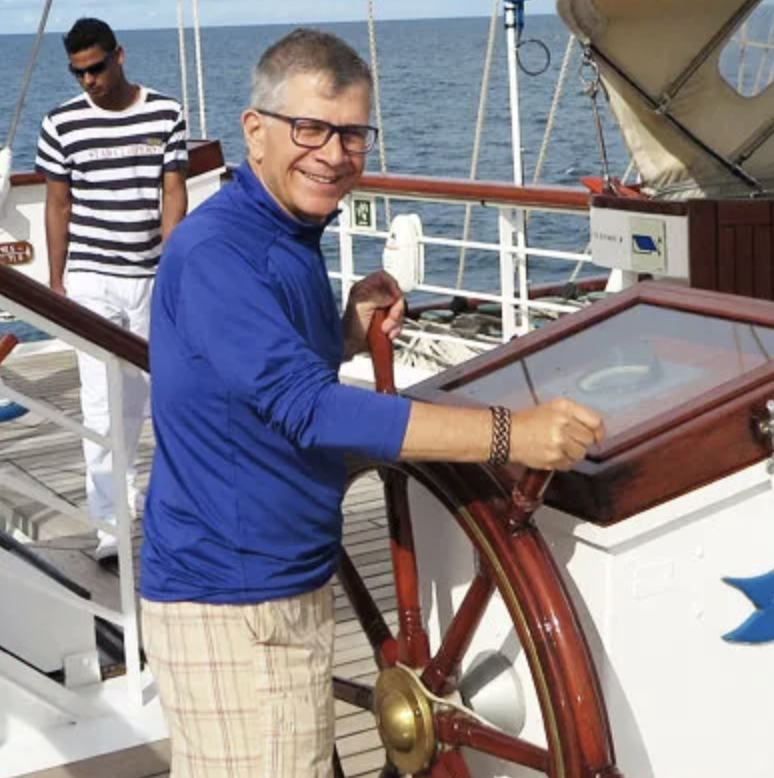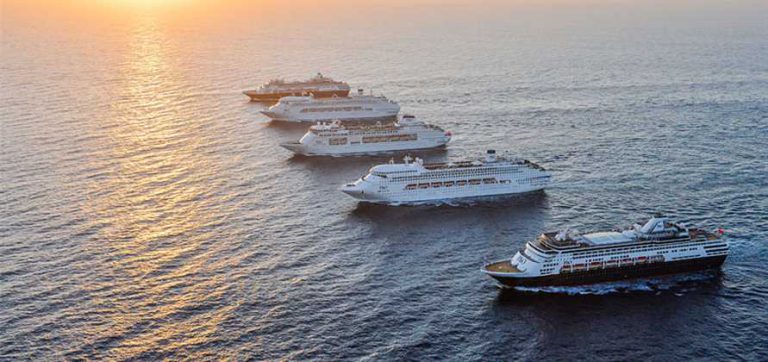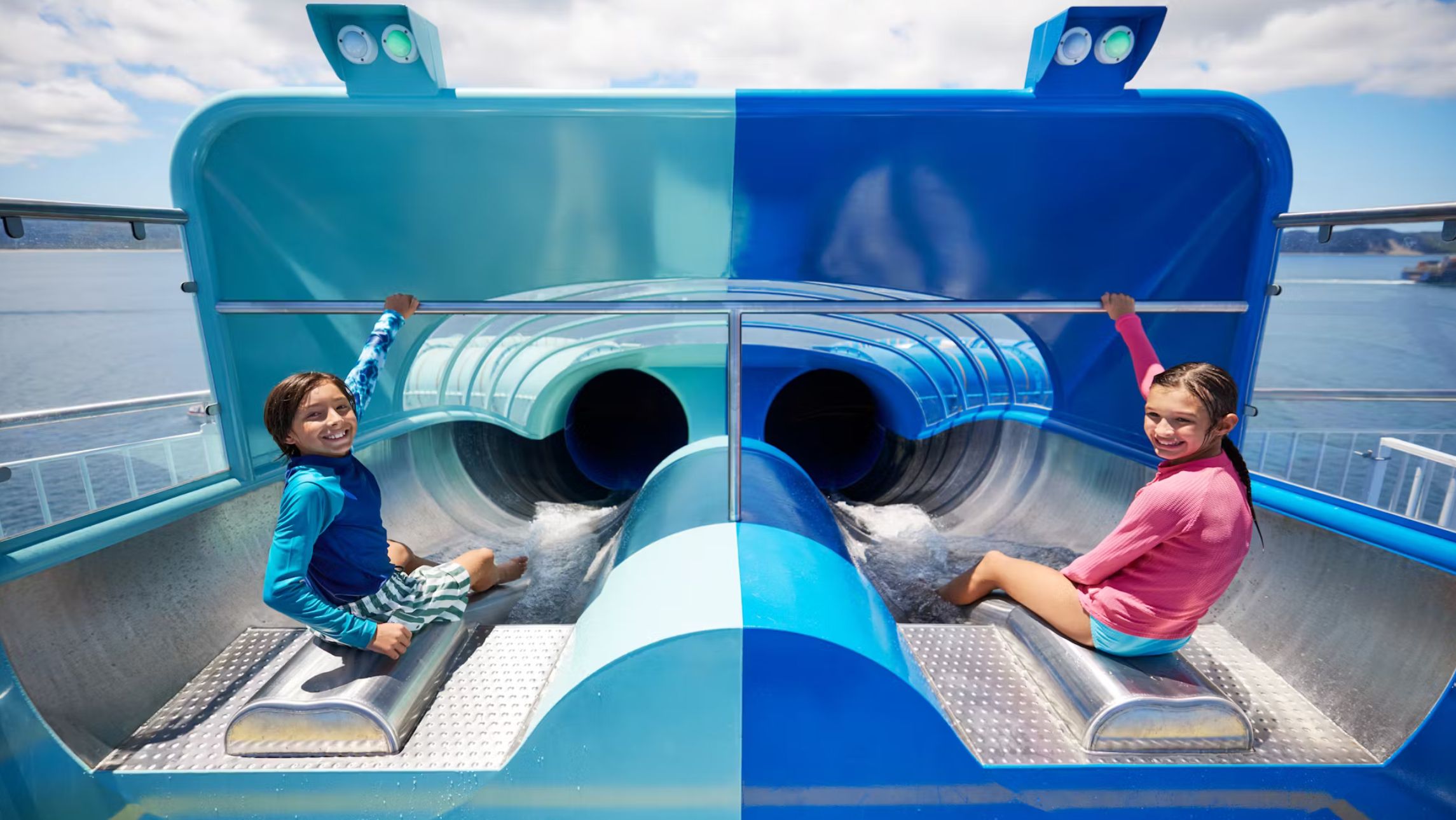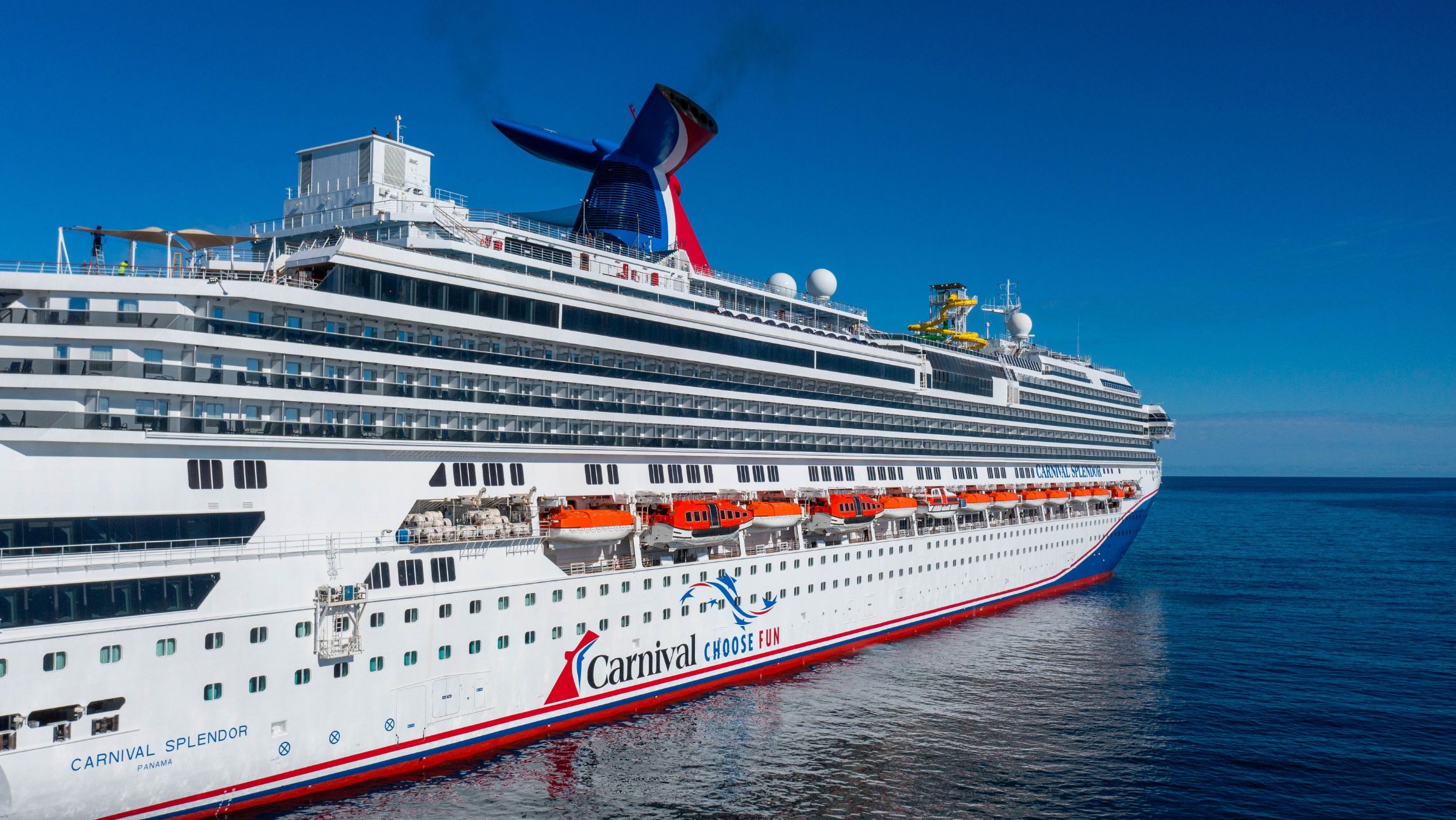It’s been a surreal time for Carnival Australia, part of the world’s biggest cruise line and one of Australia’s longest and most treasured travel brands.
First, the “demonising” of best-loved Princess Cruises, as Carnival’s President Sture Myrmell puts it, after the Diamond Princess and Ruby Princess were caught up in the COVID-19 outbreak.
Then the extraordinary “running out of town” of P&O’s ships – after 88 years in Australia, banished from the Port of Sydney under police escort.
And finally, the prospect of senior executives facing criminal charges over claims involving the Ruby Princess and her docking in Sydney when 2,650 passenger were allowed off even as others were being tested for coronavirus. She is now the seat of so many deaths and illnesses, and the police have put a team of 30 investigators on the case.
The company, home to ten of the best known cruise brands on the planet, has been under siege on the world stage, too. Its share price has been decimated – 80 per cent down, along with Royal Caribbean and Norwegian Cruise Lines. A capital raising to cover the billion dollar a day loss of revenue has been underway all week.
Yesterday came some relief.
Saudi Arabia’s sovereign wealth fund took an 8.2% stake in Carnival Corp, sending the cruise operator’s shares soaring nearly 30% higher.
The purchase of 43.5 million shares is worth $369.3 million, making the investment fund the second-largest investor in the world’s biggest cruise line.
The Saudi fund, which manages over $300 billion in assets, has stakes in Uber and electric car company Lucid Motors. It has also allocated $45 billion to Softbank’s $100 billion Vision Fund.
Carnival’s largest shareholder is still Chairman Micky Arison, with a 17.07% stake.
Coronavirus has led to many questions that, once, would never have been asked. One is: Can Carnival survive in its current form?
According to SKIFT, an independent travel site: “Time after time, Carnival has proven resilient, despite seemingly insurmountable setbacks. The company has experienced everything from norovirus outbreaks to fires and capsizes, and it’s still bounced back after every crisis.”
Yet, as SKIFT points out, this time it’s different. Never before have governments around the globe effectively cancelled an entire industry.
In America, the State Department has advised Americans not to cruise. In Australia and New Zealand, cruise ships have been banished.
“In over 30 years, it’s unprecedented. We’ve never seen these types of warnings really ever,” cruise industry expert Stewart Chiron told SKIFT.
Cruise lines, which have been able to traverse the globe unfettered thanks to registrations in tax haven countries like the Bahamas, now find it difficult to plead for government aid in countries like the US. And, like so many areas of tourism, through no fault of their own, they are hostage to fortune thanks to COVID-19.
But Carnival is no stranger to challenges.
Collisions, flooding, and fires, the Costa Concordia sinking which killed 32 passengers, and an engine-room fire that left the Carnival Triumph without power for days – it has managed to survive them all.
And Carnival is still the world’s largest cruise operator, accounting for nearly 50% of all cruise passengers.
At the end of fiscal year 2019, Carnival’s debt-to-equity ratio, a measure used to help evaluate a company’s risk, was 45.3%, which is considered a good balance between what it owes and what it owns.
So what next?
After the battering of the last few months, cruise can’t expect a recovery without change.
“Even under the best case scenario, where there’s containment of this virus, it could literally take up to a year for things to get back to any semblance of normalcy,” Tuna Amobi, senior media analyst at CFRA Research, told SKIFT.
Expect amazing deals. Expect a big marketing campaign. And the regular cruise community will return.
But to win over other travellers, cruise needs to convince that there has been fundamental change.
The move to that reality will be good for both the companies and their passengers.
And Carnival? Will all the brands survive? It’s the biggest question in cruise.










The Australian law firms are circling like vultures. There’ll be actions against Carnival, the NSW Government and possibly Border Security. However, Carnival is where they have their sights focused and so far there have been 13 deaths and 600 new cases (that’s 10% of Australia’s cases) all from the Ruby Princess. There’s a lot of “he said, she said” but if Carnival hid the number of cases and extent of the illness from the authorities, the damages are going to be huge, How huge? How far can you stretch a rubber band? I wouldn’t invest in a cruise line company with stolen money and I suspect the Saudis bought in because they want a seat at the table if it falls over.
Yes it’s scary but we cannot blame carnival, would travel with them anytime. Excellent staff, cleaning above and beyond. Looking forward to returning.
These are scary times. And I can understand why people will be
Frightened with several people dying After cruising,,!!!!
It will unfortunately worry people in making a decision
To cruise. Time will pass and people will eventually feel safe to go again. I will probably be one of those as I am in the age
Group. That is at some risk
Good luck. I’m sure. You will win over but it may be some time.